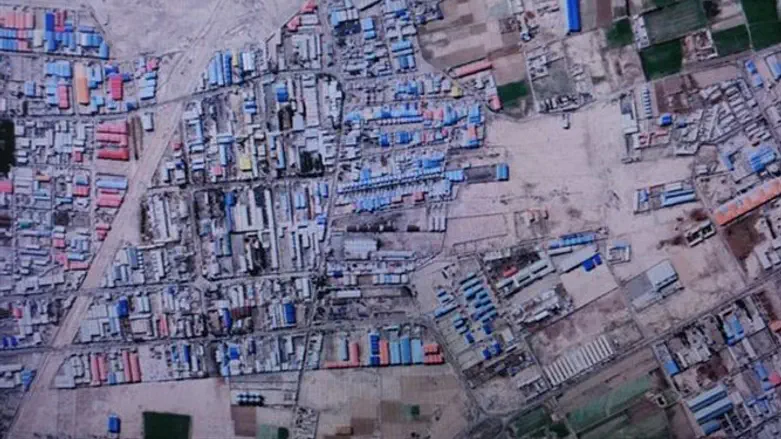
(JCPA) In August 2002, the Iranian opposition, known as the National Council of Resistance of Iran (NCRI), disclosed secret Iranian nuclear facilities at the Natanz enrichment plant, the Arak heavy-water production facility, the Isfahan uranium conversion plant, as well as other previously unknown Iranian facilities.

Rouhani made clear how he viewed the purpose of negotiations: “When we were negotiating with the Europeans in Tehran, we were installing equipment in parts of the facility in Isfahan.” Rather than negotiate access to these newly revealed sites by international atomic watchdogs, the United States proposed that Iran hold talks with the E.U.-3 powers (Britain, France and Germany). The United States was busy with Iraq and the weapons of mass destruction (WMD) programs of Saddam Hussein. So it left the Europeans to do the heavy lifting on Iran.
Rather than negotiate access to these newly revealed sites by international atomic watchdogs, the United States proposed that Iran hold talks with the E.U.-3 powers (Britain, France and Germany). The United States was busy with Iraq and the weapons of mass destruction (WMD) programs of Saddam Hussein. So it left the Europeans to do the heavy lifting on Iran.
The first deal with the E.U.-3 was struck on Oct. 21, 2003, in Tehran. Iran agreed “to suspend all uranium enrichment activities.” But after the accord was reached, the two sides disagreed over the question of how to define “suspension.” For Europe, suspension meant freezing all enrichment activities. This was something that the Iranian leadership would not agree to. A second agreement was struck in Paris on Nov. 15, 2004.
The Iranians wanted to leave the definition of “suspension” vague so that what they were committing to suspending would be unclear. That would allow Iran to build more centrifuges, for example. The Iranians reversed themselves within months, declaring that they would manufacture centrifuges for uranium enrichment.
Uranium comes in two forms, or isotopes: U-235 and U-238. Only the lighter isotope, U-235, can undergo nuclear fission, releasing energy to power a reactor or an atomic bomb.
The father of the Iranian diplomatic approach was Hassan Rouhani, who served as Iran’s national security adviser and later as its head nuclear negotiator with the E.U.-3. It is essential to read what he said back in 2003 because of his subsequent advancement within the Iranian system. Today, he is the president of Iran. Decisions are ultimately made by the Supreme Leader, Ayatollah Ali Khamenei, but Rouhani is a major player.
In a significant address, Rouhani made clear how he viewed the purpose of negotiations: “When we were negotiating with the Europeans in Tehran, we were installing equipment in parts of the facility in Isfahan.”
The negotiating process, in short, allowed Iran to steadily advance with its nuclear program.
The political philosophy of Iranian officials is certainly one major factor making a reliable negotiation difficult to imagine. But there was and remains a second problem with the Iranian approach:
Tehran did not open up its facilities to unimpeded inspections.
The International Atomic Energy Agency (IAEA) sought access to the Lavizan Technological Research Center, where the Western powers believed that Iran had conducted nuclear weapons research. The Iranians, however, demolished six buildings at Lavizan and then removed several meters of topsoil there so that no one could take soil samples. This type of behavior repeated itself at what was known as the Kalaya Electric Facility, where Iranian experts retiled the walls before inspectors arrived so that their swipes would not reveal that radioactive materials had been previously present. In other words, Iran was, and still is, predisposed to cheat.
Advocates of a new diplomatic path today need to demonstrate that somehow Iran has changed. Currently, there is little or no evidence that this is the case. Iran does not appear to be about to alter its behavior. In the meantime, it continues to be a dangerous power with both an advanced nuclear program and expansionist policies across the Middle East. It would be nice if this was not the case, but it is difficult to make a convincing case otherwise.
Dore Gold is the former Israeli ambassador to the United Nations and the current president of the Jerusalem Center for Public Affairs.